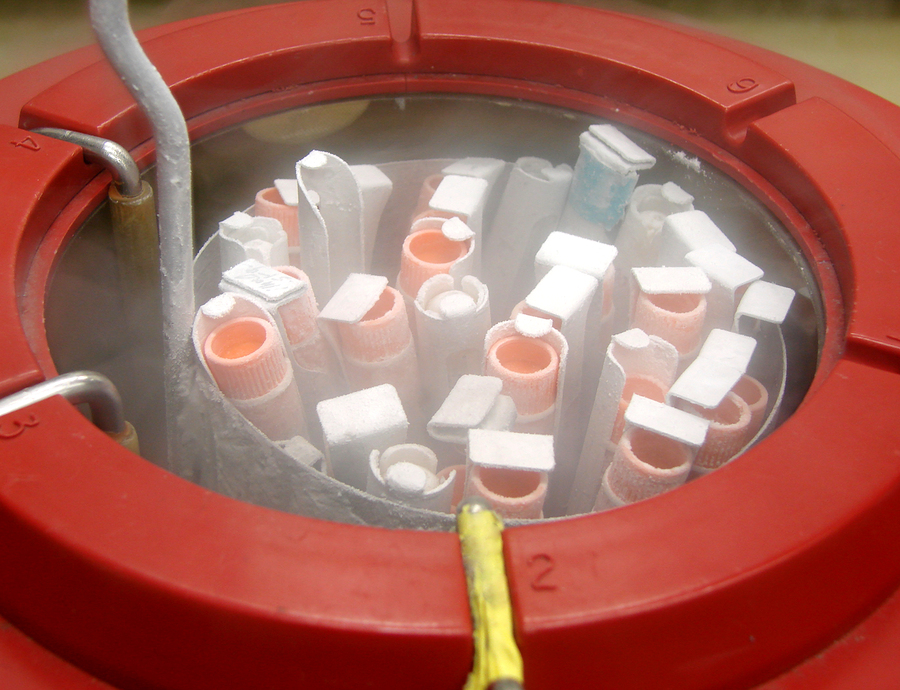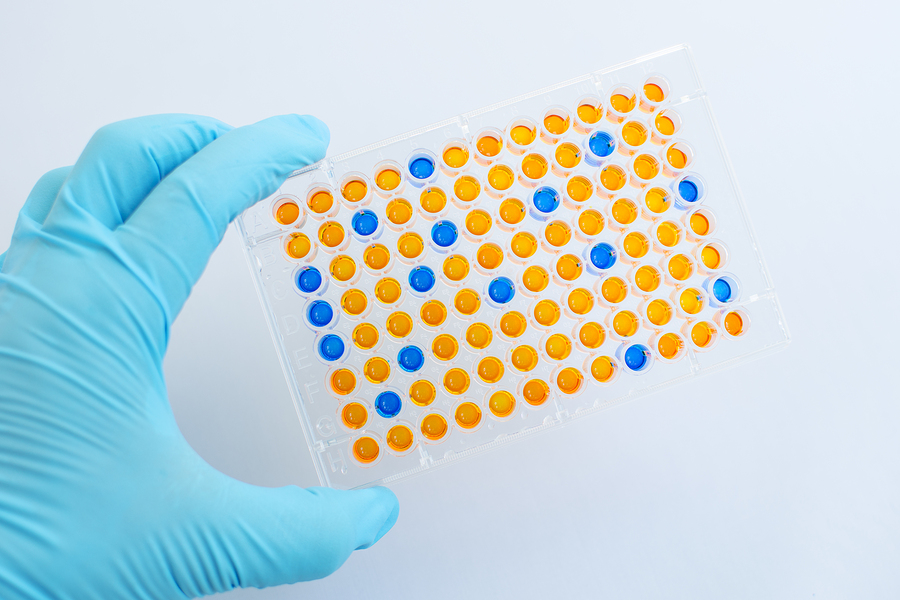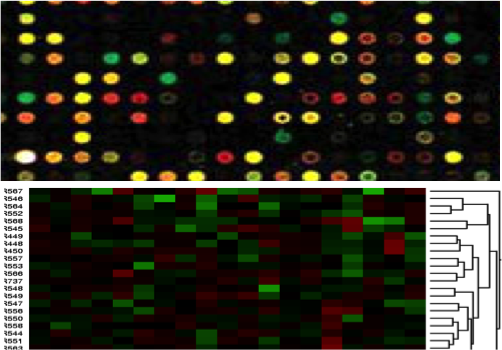


Stem Cell Research and Broader Application of Conditioned Media
CellVi Bioscience constantly strives to explore significant potential stem cell technology can achieve to enhance human health conditions. We started this effort beginning with characterization of stem cell derived conditioned media as a model system. Currently we are investigating the most optimal culture conditions for stem cell growth in vitro in order to establish a micro-environment best conducive to cell renewal and tissue rejuvenation. To determine these conditions, in-vitro functional assays for skin-generating stem cells and early lineage pluripotent cells have been undertaken. Various different types/states of media and serums are being evaluated by cell growth assays where the optimum conditions necessary for cell growth are defined. As an alternative and futuristic strategy, we are also evaluating an unconventional type of cell growth media which are serum free and/or completely devoid of animal derived products.
This new class of media can still efficiently support skin cell growth over an extended time period. Concurrently we are developing strategies to manufacture synthetic peptides and growth factors that can support growth of stem cells and rejuvenation of aging (skin) cells. In addition to the functional cell growth assay, the skin cells are also being evaluated for specific cell surface markers expression that can define their stem-ness and differentiation status by different techniques such as immuno-staining, flow cytometry and fluorescence activated cell sorting (FACS) methods.
Further, researchers at CellVi Bioscience are evaluating application of the biomedical effects of conditioned media in wound healing process. Currently in vitro assays are being carried out to assess the impact of different condition media and their combinations on skin regeneration. These experiments are examining the skin cell migration by live cell microscopy assays that mimic cell migration during wound healing. Additionally, CellVi’s various conditioned media are being tested for their capability to heal other skin insults such as scar and stretch marks. Since our conditioned media are generated from stem cells, it contains different factors that may promote cell regeneration rather than formation of scar tissue (collagen overexpression that blocks tissue regeneration), and thus reduce scar formation at the wound site. The experiments are being performed in small animal models with our collaborators to test the conditioned media for their ability to heal wound and reduce scar formation during wound healing.
Lastly, CellVi’s conditioned media is being examined for their ability to reduce cancer formation. The preliminary studies have shown that our conditioned media induces increase of tumor suppressor gene expression in some cancers. To substantiate this observation, CellVi’s research team is investigating the effect of conditioned media on skin cancer cells (melanoma) in vitro assays where cancer cells are treated with different concentrations and/or combinations of different types of conditioned media. A skin cancer model is being developed in transgenic chimeric mice to determine the role of conditioned media in treating skin cancer.

Protein Stability Marker Development:
Achieving a consistent quality and quantity is especially challenging for making skin care products containing an active biological ingredient such as conditioned media. The difficulty lies in maintaining the same concentration of proteins per sample which have constant protein stability, functional activity, and purity. There is a great chance for batch-to-batch variability due to the laborious processes of tissue culture and extra-strenuous storage requirement of the biological material. How can we assure a consistent and long shelf-life of conditioned media derived cosmetic products? In order to tackle this issue, cell biologists at CellVi have been developing protein marker assay system. That is, a methodology for quantifying a set of key protein components present in AdviCellTM is being developed using a technique called ELISA (Enzyme-Linked ImmunoSorbent Assay). This protein quantification method has the detection sensitivity down to pg/mL of proteins present in a solution.
One such example uses an enzyme selected to specifically detect fibronectin protein. Fibronectin is one of the essential components of the extracellular matrix underlying skin dermis and is abundantly present in AdviCellTM. We can measure the protein concentration in AdviCell TM samples different time points and/or at different states/stages. We confirmed that the protein marker quantity and quality remains stable throughout the series of laboratory processes. We are currently developing a set of protein markers to be able to establish and maintain consistent QC/QA measures.

Microarray Gene Expression Profiling:
CellVi BioScience keeps profound interest in discovering complete courses of biophysical events when conditioned media derived products are applied to our own cell system. This effort is to continuously evolve efficacy and safety of the existing products as well as to design novel applications to improve a broader range of human physical conditions. To this end, we have been endeavoring in detecting gene expression changes induced by distinctive culture conditions of human skin cells in-vitro. In particular, we are interested in measuring expression profiles of those genes involved in cell growth, senescence, and growth-regulatory pathways. We use microarray gene chips containing hundreds of such genes. For example, we can render adult skin cells poor nutrition and/or uv light irradiated conditions, then rescue the stressed cells by feeding with AdviCell™ Conditioned Media. Our interest is not only record cells’ phenotypic renewal but to profile internal gene expression changes inside the cells. This is one of the ways we characterize our various rejuvenation products, whether generated cell-based vs. cell-free, at a molecular interaction level. We utilize the knowledge learned from the gene expression profiling to continuously improve performance characteristics of our current products and to design innovative products with ingenious features.
